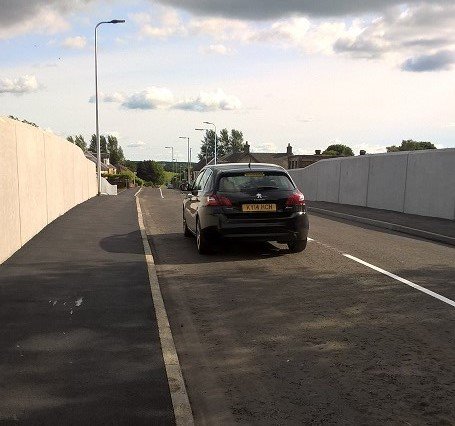GRALISTAIR
Established Member
Electrification Teams
OK I admit this is speculative and due to my lack of patience. Mods feel free to merge/delete etc.
I know the Electrification RUS update will probably come out in the next 6 months then it will be followed by the HLOS early 2017. However, I think many have realized that you need CPs but many schemes will overlap CPs. I am not trying to be a crayonista BTW. One suggestion by BR in their latter days was that 4 teams were needed for electrification. It can of course be argued we already have that
1. Scotland
2. Midlands-Bromsgrove etc
3. North
4. GWML
It seems to me (always subject to money and budgets of course) that this is fairly close to ideal. So I suggest what is needed going forward after the RUS is released is 4 electrification teams suitably staffed knowing there is a satisfying career ahead of them not just short term thinking. My suggestion for the 4 teams is thus as follows: Or should it be 5?
1. Scotland rolling programme pretty much taken care of until 2040 up Stirling, then Perth, Dundee, Fife Circle, Tay Bridge, Forth Bridge, Highland Main Line, Aberdeen plus infills etc.
2. Midlands-Bromsgrove etc carry on south to Bristol carry on North to Derby, Birmingham- Leicester, etc plenty of work until 2040.
3. North -complete all current work and approved including TP North then start with the recommendations of the all-party committee on priorities for North including Calder Valley etc plenty of work until 2040. http://www.railnorth.org/electrification/
4. GWML -+ Thames Valley Branches + Swansea + Welsh Valleys + work south to Exeter plenty of work until 2040
5. All other stuff including some love for freight they were called type B gaps in the 2009 Electrification RUS. North Downs, DC-AC Conversion etc plenty of work until 2040.
Am I talking out of my you know where or does this make sense?
OK I admit this is speculative and due to my lack of patience. Mods feel free to merge/delete etc.
I know the Electrification RUS update will probably come out in the next 6 months then it will be followed by the HLOS early 2017. However, I think many have realized that you need CPs but many schemes will overlap CPs. I am not trying to be a crayonista BTW. One suggestion by BR in their latter days was that 4 teams were needed for electrification. It can of course be argued we already have that
1. Scotland
2. Midlands-Bromsgrove etc
3. North
4. GWML
It seems to me (always subject to money and budgets of course) that this is fairly close to ideal. So I suggest what is needed going forward after the RUS is released is 4 electrification teams suitably staffed knowing there is a satisfying career ahead of them not just short term thinking. My suggestion for the 4 teams is thus as follows: Or should it be 5?
1. Scotland rolling programme pretty much taken care of until 2040 up Stirling, then Perth, Dundee, Fife Circle, Tay Bridge, Forth Bridge, Highland Main Line, Aberdeen plus infills etc.
2. Midlands-Bromsgrove etc carry on south to Bristol carry on North to Derby, Birmingham- Leicester, etc plenty of work until 2040.
3. North -complete all current work and approved including TP North then start with the recommendations of the all-party committee on priorities for North including Calder Valley etc plenty of work until 2040. http://www.railnorth.org/electrification/
4. GWML -+ Thames Valley Branches + Swansea + Welsh Valleys + work south to Exeter plenty of work until 2040
5. All other stuff including some love for freight they were called type B gaps in the 2009 Electrification RUS. North Downs, DC-AC Conversion etc plenty of work until 2040.
Am I talking out of my you know where or does this make sense?

